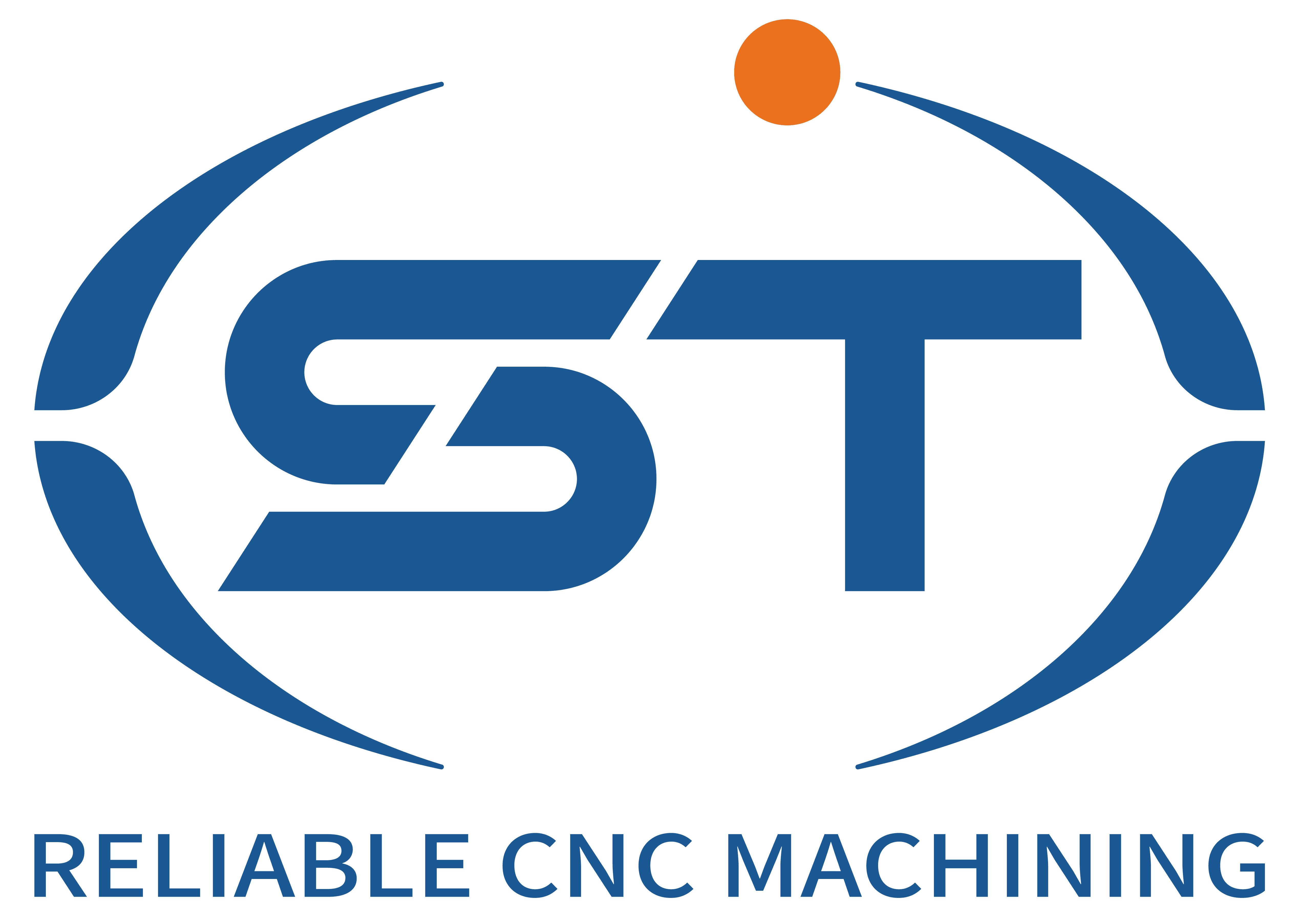Optimizing Tool Path Strategies for Automotive Component CNC Programming
The precision and efficiency of automotive CNC machining hinge on meticulous tool path planning, particularly for complex components like engine blocks, transmission housings, and electric vehicle (EV) battery enclosures. As automotive parts demand tighter tolerances and higher surface finishes, programmers must balance speed, tool life, and material integrity. Below, we explore advanced techniques for designing tool paths that meet these challenges while accommodating evolving manufacturing demands.
Table of Contents
ToggleAdaptive Roughing for High-Efficiency Material Removal
Adaptive roughing has emerged as a cornerstone of modern CNC programming for automotive parts, where rapid material removal is critical to reducing cycle times. Unlike traditional zig-zag or raster-style roughing, adaptive strategies dynamically adjust the cutting depth and feed rate based on the tool’s engagement with the material. For instance, when machining a deep pocket in an aluminum engine block, the tool might reduce its radial depth of cut (RDOC) as it approaches corners to prevent excessive force, then increase RDOC in open areas to maximize metal removal rates.
This approach minimizes shock loads on the tool and spindle, extending tool life while maintaining consistent chip thickness. Programmers can implement adaptive roughing through CAM software features like trochoidal milling, where the tool follows a circular path to distribute cutting forces evenly. For automotive components with irregular geometries, such as intake manifolds, adaptive roughing ensures uniform stock removal across varying wall thicknesses, reducing the need for manual intervention during finishing operations.
Multi-Axis Machining for Complex Geometries
Automotive parts increasingly incorporate organic shapes and undercuts that traditional 3-axis machining cannot address efficiently. Multi-axis CNC programming enables simultaneous movement along the X, Y, and Z axes, often combined with rotational motions (A, B, or C axes), to machine features from optimal angles. For example, a 5-axis strategy might be used to machine the cooling channels of a cylinder head in a single setup, eliminating the need for multiple fixtures and reducing positional errors.
When programming multi-axis tool paths for automotive components, collision avoidance is paramount. CAM systems now include simulation tools that visualize tool, holder, and machine movements in real time, allowing programmers to detect and resolve interferences before production. Additionally, advanced algorithms optimize tool orientation to maintain consistent cutting conditions, such as keeping the tool perpendicular to the surface during finish passes on a curved valve cover. This not only improves surface finish but also reduces tool wear by minimizing side-loading forces.
High-Speed Machining (HSM) for Superior Surface Quality
High-speed machining (HSM) is redefining finish operations for automotive parts, particularly those requiring mirror-like surfaces or intricate details. HSM relies on lightweight tools, high spindle speeds, and rapid feed rates to achieve chip thinning, where each cut removes a smaller but more frequent layer of material. This technique is ideal for machining hardened steel molds used in automotive body panels or the precision surfaces of EV motor rotors.
To leverage HSM effectively, programmers must carefully select tool geometries and cutting parameters. For instance, a ball-nose end mill with a large radius might be chosen for contouring a car door’s inner panel, as it reduces scallop height at high feed rates. CAM software plays a crucial role by generating smooth, continuous tool paths that minimize acceleration and deceleration, which can cause tool chatter and surface defects. Additionally, HSM strategies often incorporate constant engagement angles to maintain stable cutting conditions, even during rapid directional changes.
Tool Path Optimization for Thin-Walled Components
Automotive parts like suspension arms or lightweight chassis components often feature thin walls that are prone to deflection during machining. Programmers must design tool paths that minimize radial forces to prevent vibration and distortion. One effective method is to use climb milling with a high axial depth of cut (ADOC) and low RDOC, which keeps the cutting force directed along the tool’s axis rather than pushing against the part. For example, when machining the thin walls of a magnesium alloy wheel hub, a programmer might program a helical ramp-down approach to gradually engage the material, reducing thermal stress and warping.
Another technique is to employ rest machining, where the CAM system identifies areas of remaining stock after roughing and generates targeted tool paths for finish passes. This ensures that only the necessary material is removed, reducing the time the tool spends cutting and minimizing heat generation. For automotive components with internal ribbing or lattice structures, rest machining is indispensable for achieving consistent wall thicknesses without compromising structural integrity.
Integration of Digital Twins for Virtual Validation
The rise of digital twins has transformed tool path planning by enabling virtual testing and validation before physical production. A digital twin is a dynamic model of the CNC machine, tooling, and part that simulates the entire machining process, including tool deflection, material deformation, and thermal effects. Programmers use digital twins to predict potential issues, such as tool breakage during the machining of a titanium exhaust manifold or excessive vibration when cutting a composite drive shaft.
By analyzing simulation data, programmers can refine tool paths to optimize performance. For instance, if the digital twin reveals that a proposed tool path for a crankshaft will generate excessive heat at a specific point, the programmer might adjust the feed rate or introduce a coolant pause to mitigate the issue. This iterative process reduces trial-and-error on the shop floor, shortening lead times and improving first-article quality—a critical advantage in automotive industries where time-to-market is a competitive factor.
The automotive CNC programming landscape is evolving toward strategies that prioritize efficiency, precision, and adaptability. From adaptive roughing and multi-axis techniques to HSM and digital twin integration, these approaches enable manufacturers to produce high-quality components while navigating the complexities of modern automotive design. As materials and geometries continue to advance, tool path planning will remain a dynamic field, demanding innovation and expertise from CNC programmers worldwide.




